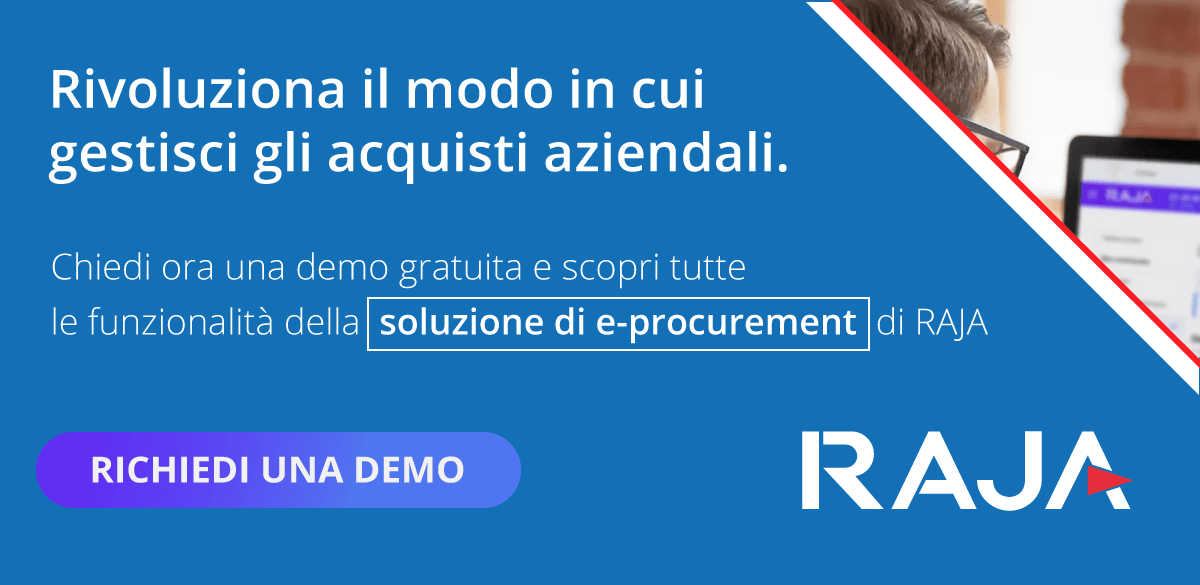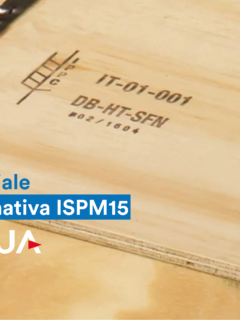Every company inevitably has to make purchases. Whether they are consumables, semi-finished products, raw materials, operating tools, software or services, they are still expenses to be kept track ofto be classified and analysed for the sake of financial sustainability and business processes.
Economist Peter Kraljic, aware of the impact that purchasing has on companies, studied its strategic management in depth and, in 1983, developed a model to analyse the Kraljic matrix.
What the Kraljic Matrix is for
The Kraljic Matrix serves to differentiate supply sources strategically and according to real business needs. Procurement is often managed by companies in a repetitive manner and without any procurement policy to support the choice of products or suppliers. This in the long run causes economic losses due to the inability to monitor market fluctuations.
Functioning of the Kraljic matrix
The application of the Kraljic matrix to a company’s corporate procurement strategy involves the analysis of needs, market context and business objectives.
Once needs, business objectives and procurement issues are clear, the actual matrix can be compiled, consisting of 4 procurement classes. At this stage, procurement is grouped by class and schematised using the matrix. It will then be possible for the company to draw strategic purchasing management considerations.
Step 1: Evaluation of corporate procurement
Before moving on to the classification of procurement, it is necessary to assess the 2 dimensions of corporate purchasing:
- Supply risk: the impact of purchasing on corporate objectives
- Profit impact: the complexity of procurement (the supply/demand ratio, the type of supplier if pluralist or in monopoly conditions, the availability of alternatives etc.).
In order to apply the 2 parameters, it is necessary to be aware of the company’s needs: which resources are essential, where and how they can be obtained, which criticalities can jeopardise procurement and determine the bottleneck effect.
Demand analysis, for example, reveals the company’s core business and why it is chosen by the customer, which allows purchases to be distinguished according to relevance.
Risk management, on the other hand, is concerned with assessing potential threats that could affect the company’s supply chains, causing disruptions in procurement.
To correctly categorise purchases it is also important to assess direct and indirect costs associated with procurement. Direct costs include the purchase price of the good or service, while indirect costs include all additional expenses, such as those related to inventory management or technical support.
Step 2: Division of procurement into 4 classes
Following the first analysis, it is possible to identify 4 purchasing classes, which constitute the main items of the matrix:
- strategic procurement
- leverage procurement or with multiplier effects
- non-critical procurements or non-critical
- bottleneck supplies or subject to bottlenecks
The 4 purchasing classes in the Kraljic matrix
Let us analyse in detail what are the 4 purchasing classes in the Kraljic matrix:
- Strategic procurement
Strategic purchases are those characterised by a high level in both parameters. They therefore have a considerable impact on the achievement of corporate objectives, but are also characterised by a certain complexity of procurement.
They are, therefore, absolutely necessary procurements, but whose management must be continuously monitored. For these goods, it is advisable to make a constant demand analysis and enter into strategic partnerships with suppliers, so as to ensure the the availability of products at sustainable prices, given the significant impact of these goods on business objectives. - Sourcing leverage
Leveraging, or multiplier purchases, are important for the company and easy to source. They are the purchases where the company has more control over the procurement process, more room to negotiate and achieve cost reductions, can exploit its bargaining strength and continuously evaluate product and supplier alternatives to improve supply conditions. - Non-critical Procurement
These are the supplies that are easy to source but not particularly relevant. Taking advantage of their low relevance and ease of sourcing, a good strategy is to ensure that the procurement process has a minimum cost, standardising products and supplies. - Sourcing bottlenecks
Bottleneck procurement bottleneck supplies concern those goods which are not fundamental, but difficult to procure, where the continuity of supply is at risk. Although they are not fundamental, their lack may cause the ‘bottleneck effect’, i.e. blockages in activities.
In this case, as with strategic purchases that are also characterised by procurement complexity, their efficient management involves establishing strategic partnerships with suppliers. For these procurements, since they are not strategic procurements, it is sufficient to secure the necessary volume and suitable delivery times to avoid the bottleneck effect.
Increasingly efficient procurement
Based on this classification proposed by the Kraljic Matrix, the most efficient procurement process can be defined for each purchase. For example, for strategic purchases, supplier diversification or the implementation of new technologies to increase efficiency should be considered. For non-critical purchases, on the other hand, standardisation and negotiation of long-term contracts can lead to significant savings.
Another key aspect to consider in strategic procurement management is performance monitoring. Once optimisation strategies have been implemented, it is Once optimisation strategies have been implemented, it is essential to track performance and through the different procurement strategies, in order to make timely adjustments and continuously improve the procurement process.















